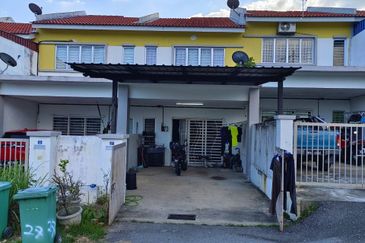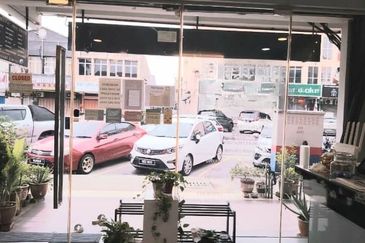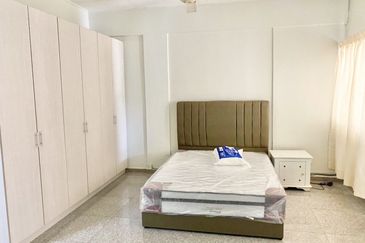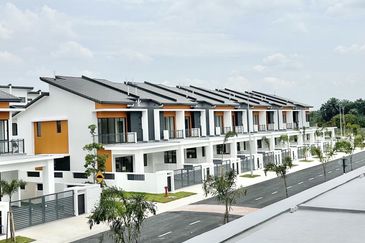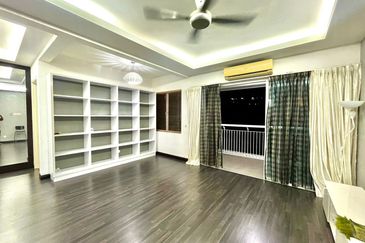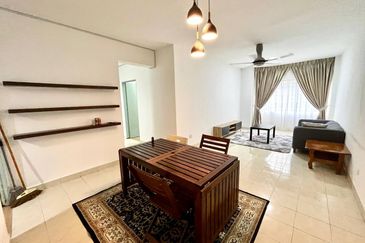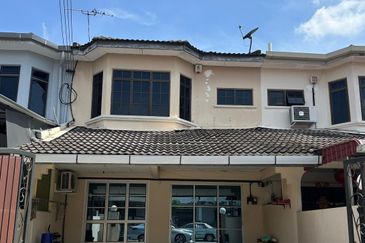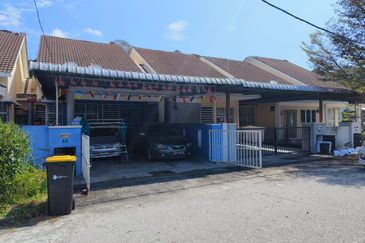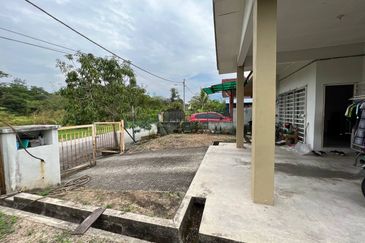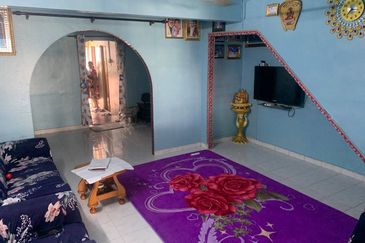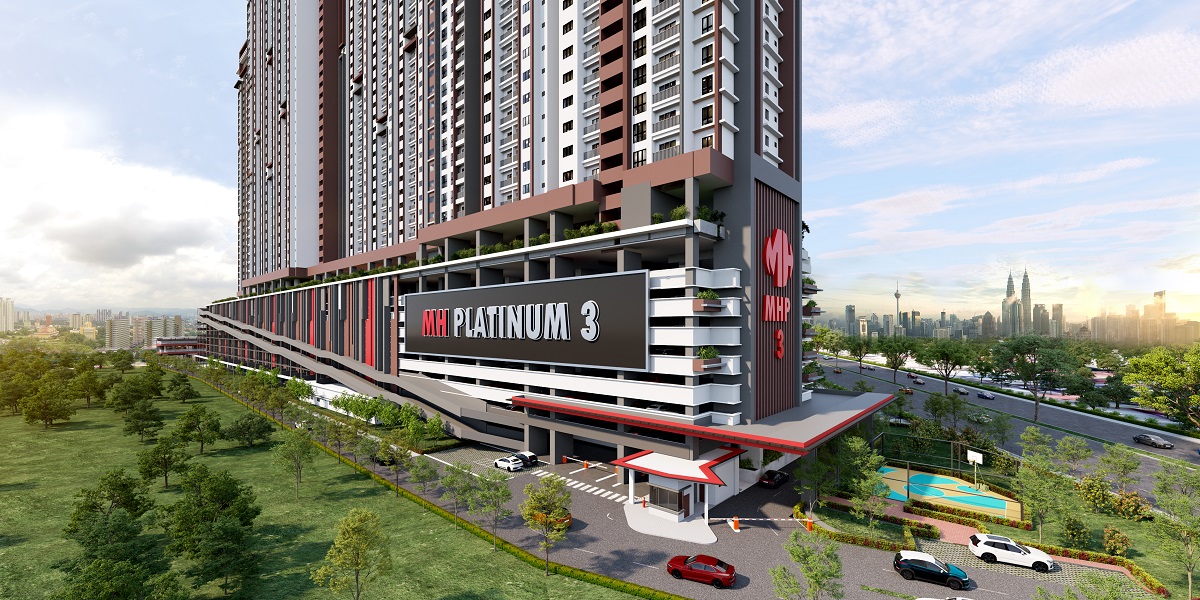The city of Bilbao in Spain was badly in need of transformation, so its leaders came up with a master plan, and with strong political will, set it in motion. Today, Bilbao's success at regeneration serves as an example for other urban planners and developers.
THE titanium scales of the Guggenheim Museum in Bilbao, Spain, glow in the evening sun, painting a surreal picture on the horizon. It is hard to believe that this modern icon, designed by Frank Gehry, is part of a city that was once in the throes of economic, environmental and social deprivation but managed to lift itself out of the embers in less than 30 years.
Bilbao is one of the main cities in the north of Spain, in what is known as Basque Country, an autonomous region made up of three provinces — Alava (capital: Vitoria-Gasteiz), Guipúzcoa (capital: San Sebastian) and Vizcaya (capital: Bilbao).
Rich in iron ore, Bilbao has a proud industrial legacy of iron and steel production, shipbuilding and equipment making, as well as a working port. It saw its fortunes flounder in the mid-1970s when its iron supplies were depleted. To add to its misfortune, much of the old city called Casco Viejo was destroyed by the floods in 1983 when the River Nervion broke its banks.
To survive the calamities that plagued the city, Bilbao's leaders drew up a master plan and with strong political will, set it in motion. As a result, Bilbao's transformation has become a reference point for other cities.
While the city itself has a population of over 350,000, about one million inhabitants live in the metropolitan area, enjoying all that the city has to offer, including its architectural beauties.
Besides the famous Guggenheim Museum, there are also the Isozaki Atea twin residential towers by Japanese architect Arata Isozaki and the Euskalduna Conference and Concert Hall designed by Federico Soriano and Dolores Palacios that pays homage to the shipbuilding past of Bilbao. Everywhere you look, Bilbao, the new city, has rebuilt itself and has done so with a modern outlook and energy.
How Bilbao did it
Last month, Bilbao's First Deputy Mayor Ibon Areso shared with a contingent of Malaysian city planners from Kuala Lumpur City Hall, the Sepang Municipal Council and Putrajaya Corp, as well as architects and property developers, how Bilbao turned itself around.
The technical tour was organised by the World Class Sustainable Cities Conference partners, made up of the Real Estate and Housing Developers' Association Wilayah Persekutuan (KL) branch, the Malaysian Institute of Planners (MIP) and the Malaysian Institute of Architects (PAM).
Areso was a practising architect himself before becoming a part of the administration 30 years ago, and had a role in drawing up the transformation master plan. He highlighted that Bilbao suffered greatly from an undiversified industrial sector. When the industries went into decline in the 1970s, it resulted in high unemployment (25% to 35%), environmental degradation and social troubles.
"Our first objective was to look for employment and we had been told that in the future, employment would be in the tertiary and services sector. So we had to be ready to receive employment in those areas," he says.
The master plan not only dealt with urban development but took into account the well-being of its citizens. The strategy to revive the city focused on four areas, two of which stressed urban regeneration while the other two had a social emphasis.
Urban regeneration focused on infrastructure projects to improve mobility within the city and to the surrounding areas, as well as on environmental regeneration, which included improving air and water quality, decontaminating industrial soil and building nicer places to live as well as parks and promenades.
The city also invested in human resources and technological transformation as well as cultural centralism, where culturally artistic and leisure activities were encouraged.
The outcome
In addressing the issue of mobility, a metro train system was implemented and operations began in 1995. Designed by Sir Norman Foster, the present system has two lines catering for the metropolitan area with additional lines in the works. The Santiago Calatrava-designed airport opened in 2000 and handles around four million passengers a year. In 2002, a tram service that runs through the city area commenced.
The city regeneration project saw the administration set up a special purpose vehicle called Bilbao Ria 2000, which was given sole responsibility for the urban regeneration of the city, especially the land along the riverbanks. Port and shipbuilding activities that occupied the riverbanks were moved to an outer harbour at the mouth of the River Nervion as it emptied into the Bay of Biscay.
The riverbanks were rehabilitated and the city was moved and rebuilt to face the river. About €900 million (RM3.6 billion) were spent on cleaning the river. The project was funded by charging the citizens and corporations that operated along the river an additional fee on top of their water consumption bill, says Areso.
Buildings were reconditioned to be residential premises and promenades were created to allow citizens to walk along the river and to mingle. To enhance connectivity to both sides of the river, numerous bridges were built. Furthermore, the Casco Viejo was rehabilitated with quaint stores and cafés and pedestrianised.
The city also had to deal with a railway line that ran through the city to transport containers in and out of the city. These were built over, allowing the trains to pass by underneath. This resulted in more space being converted into parks and pedestrian-friendly spaces.
Underground car parks were also built to keep cars out of sight, unlike in the past when they were parked along the riverbanks. These urban regeneration projects along the river were funded by a mix of public funds as well as monies from the increase in land values across the city. Areso explains that many of the properties along the riverbanks were handed over to the administration in lieu of taxes, which companies found difficult to pay during the tough economic times. Some of the land was sold to fund projects.
The rehabilitation of the city resulted in an increase in tourist numbers, which reached 1.39 million in 2011, compared with 442,012 in 1994.
Areso highlighted that the city wanted to attract convention and urban tourism. This, it felt, needed high-quality architecture. Besides building a large state-of-the-art exhibition hall, one of the main buildings that jump-started the new architectural building process was the Guggenheim Museum on the bank of the River Nervion.
Areso says getting the Guggenheim Foundation to agree to the museum in Bilbao was a miracle. "In the first place, they didn't want to build it in Bilbao because of the image of decay that our town projected at the time," he says. "The decision to build in Bilbao in the end was because the other cities in which they wanted to set up their museum turned them down. So we were the only serious offer they had."
Bilbao leaders were also able to convince the Guggenheim Foundation of their city transformation plan. The museum cost €166 million to build and was opened in 1997. At the time, the public was not in favour of the building as public monies would be used, says Areso. However, the decision to go ahead is now reaping benefits. A research paper by the University of the Basque Country led by economist Beatriz Plaza stated that the museum "generates an economic value of €2.025 million per year on average".
While the "hardscape" of the city transformation has taken shape nicely, the "softscape" looked at improving the lot of the citizens. There was a strong focus on human resources and knowledge development. "The wealthiest countries are not those that are rich in natural resources but those that have highly trained professionals," Areso says.
As a result, the Bizkaia Technology Park was created at the end of the 1980s and sits on about 618 acres, 10 minutes from the city centre. Leading research centres and technology companies, such as European Software Institute (ESI) and robotics firm Robotiker, have set up shop there. In the future, it will be complemented by the development of The Zorrozaurre Island project situated along the River Nervion, where new residences and business premises will be brought together in a spacious urban technology park.
The last aspect of the master plan was social cohesion, whereby within the city there would be cultural activities catering for all strata of society. For instance, as one walks along the streets of Bilbao, there are numerous posters and advertisements of performances being staged, from classical to pop/rock concerts, with some of them taking place at the Euskalduna Conference and Concert Hall. A new football stadium is being built.
Areso explained that social vibrancy was not only the best thermometer to measure the liveliness of a city but also a good element to advertise one's city. "Cities of the future will compete with each other to attract new economic activities, so culture is a very strong element to publicise your city elsewhere and attract these."
Since the 1990s, the local government has spent close to €7 billion on transforming the city. According to Areso, the collaboration between many parties as well as the political will to push this ambitious but successful plan forward have changed the fortunes of this former industrial city.
International appeal
At the World Class Sustainable Cities 2012 conference held in Kuala Lumpur in September, guest speaker Dr Alfonso Vegara, the president of Fundacion Metropoli, a Spanish foundation dedicated to studying, developing and sharing urban innovations, spoke about Bilbao's successful tranformation. Vegara is also a planner, architect, economist and sociologist.
Vegara, through Fundacion Metropoli, was initially involved in the rehabilitation of the Bilbao river. The organisation is also a knowledge partner of the city of Bilbao for different programmes and activities. Vegara said Bilbao was not only affecting change within its boundaries but also extending its reach internationally.
"One of the key initiatives is thinking 'big' — to create alliances within the vicinity of Bilbao and also internationally with strategic alliances with places such as Singapore, Milan and Helsinki to learn from each other the best practices, and also emerging markets in Latin America, North Africa and Asia to promote local businesses and share the experience of Bilbao."
Vegara spoke highly of Bilbao's leadership in staying the course. "For a city to be successful, the most important ingredient is leadership. Without leadership transformation, it is very difficult. Leadership could be political leadership such as the mayor or the president, or it could be entrepreneurial or non-profit organisation leadership.
"This leadership has to have vision and share it with the private sector. It must have a strategy that can align all the different stakeholders. In my opinion, leadership and vision are important ingredients of urban intelligence. This means that every city has the capacity to discover its own identity, its own component of excellence, its own singularities… and move into the future based on its strengths. This is the way to make a successful city."
Vegara also said cities needed to compete with each other just like companies, universities and professionals competed with each other in their areas of focus. Research is key. "Cities need to invest in research, discovering their singularity and defining a strategic intelligent vision of the future. This is what I call research and development for cities.
"A culture of innovation is the only strategy for long-term sustainability. The key for planners and architects is not only thinking from their own discipline but also to have dialogues about our projects and the surrounding territories."
This story first appeared in The Edge weekly edition of Dec 10-16, 2012.
TOP PICKS BY EDGEPROP

Seksyen 8, Kota Damansara
Kota Damansara, Selangor
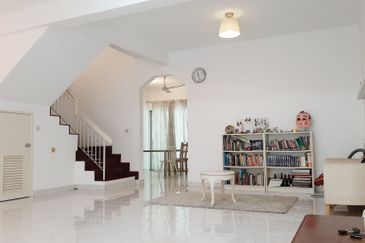
Seksyen 5, Kota Damansara
Kota Damansara, Selangor
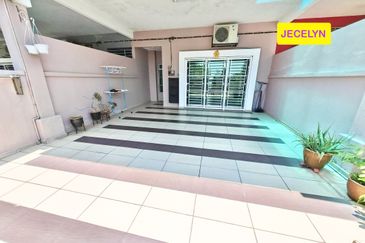
Jalan SP 8 @ Bandar Saujana Putra
Jenjarom, Selangor
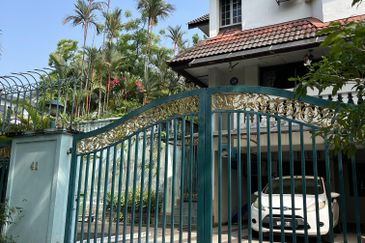
Gasing Indah
Jalan Klang Lama (Old Klang Road), Kuala Lumpur

TAMAN LEKIR INDAH (P/L 3081&3082)
Manjung, Perak


